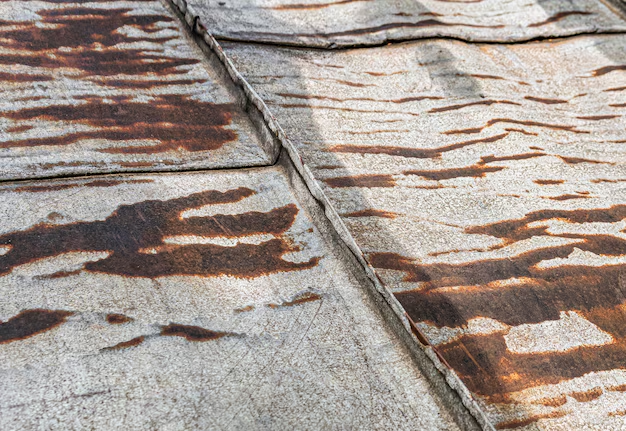Is Your Homeowner's Insurance Likely to Cover a New Roof?
Life can throw unexpected curveballs, and a leaky or damaged roof is one of those problems that nobody likes to face. So, the big question on many homeowners' minds is whether homeowner's insurance will cover the cost of a new roof. Understanding the intricacies of your policy can save you both time and money.
When Does Insurance Cover a Roof Replacement?
Homeowner's insurance typically covers roof damage caused by sudden, accidental events such as storms, fire, or vandalism. If a hurricane or intense hailstorm rips through your area, creating chaos on your shingles, there's a good chance that the insurance policy will come to your rescue. However, this isn’t always a straightforward approval process.
- Natural Disasters: Most standard insurance policies cover acts of nature like hail, wind, and lightning. Look out for exceptions – earthquakes or floods might require separate insurance.
- Accidental Damage: Fires or falling objects could also be included.
- Vandalism: Damage from vandals will usually be covered.
When Is a New Roof Not Covered?
Now here's the twist. Insurance policies may not cover costs if the damage results from neglect or lack of maintenance.
- Wear and Tear: Over time, roofs degrade, and routine aging or neglected maintenance does not qualify for insurance claims.
- Pre-Existing Conditions: Damage that existed before you got your policy isn't likely to be covered.
- Gradual Leakage: Slow leaks that develop over time are often excluded.
Key Steps to Facilitate Your Insurance Claim
- Review Your Policy: Understanding the specific terms of your policy is crucial.
- Document Everything: Take photos and keep records of the damage.
- Contact Your Insurer Promptly: Timely reporting can speed up the claims process.
- Hire a Reputable Contractor: Insurers might require professional assessments.
Exploring Financial Assistance Options
Unfortunately, not every homeowner qualifies for a claim—especially if damage isn't sudden or accidental. In such situations, exploring alternative financial assistance can be beneficial.
Consider these avenues:
- Government Aid Programs: Check if there are local or federal programs aimed at helping homeowners with repair costs.
- Home Improvement Grants: Some non-profit organizations offer grants that don't require repayment.
- FHA Loans: The Federal Housing Administration can provide loans for home repairs at attractive terms.
- Community Development Programs: Many counties offer special financing or grant programs for eligible homeowners.
- Debt Relief Options: If the insurance process falls short, refinance options or debt relief programs may ease financial burdens.
Navigating insurance coverage for a new roof can be a tricky endeavor, but armed with the right knowledge and by considering alternative financial resources, you can find a solution that keeps your home safe and your wallet intact.
🏡 Financial Assistance Options:
- 🏦 FHA Loans: Special financing for roof repairs.
- 🌍 Local Government Programs: Opportunities for grants and aid.
- 🙌 Non-Profit Grants: Funds available for essential home repairs.
- 💳 Debt Relief Options: Manage costs by looking into refinancing.
- 📘 Educational Resources: Free classes on maintaining home integrity.
Take a proactive approach and stay informed to keep your home safe and secure.
